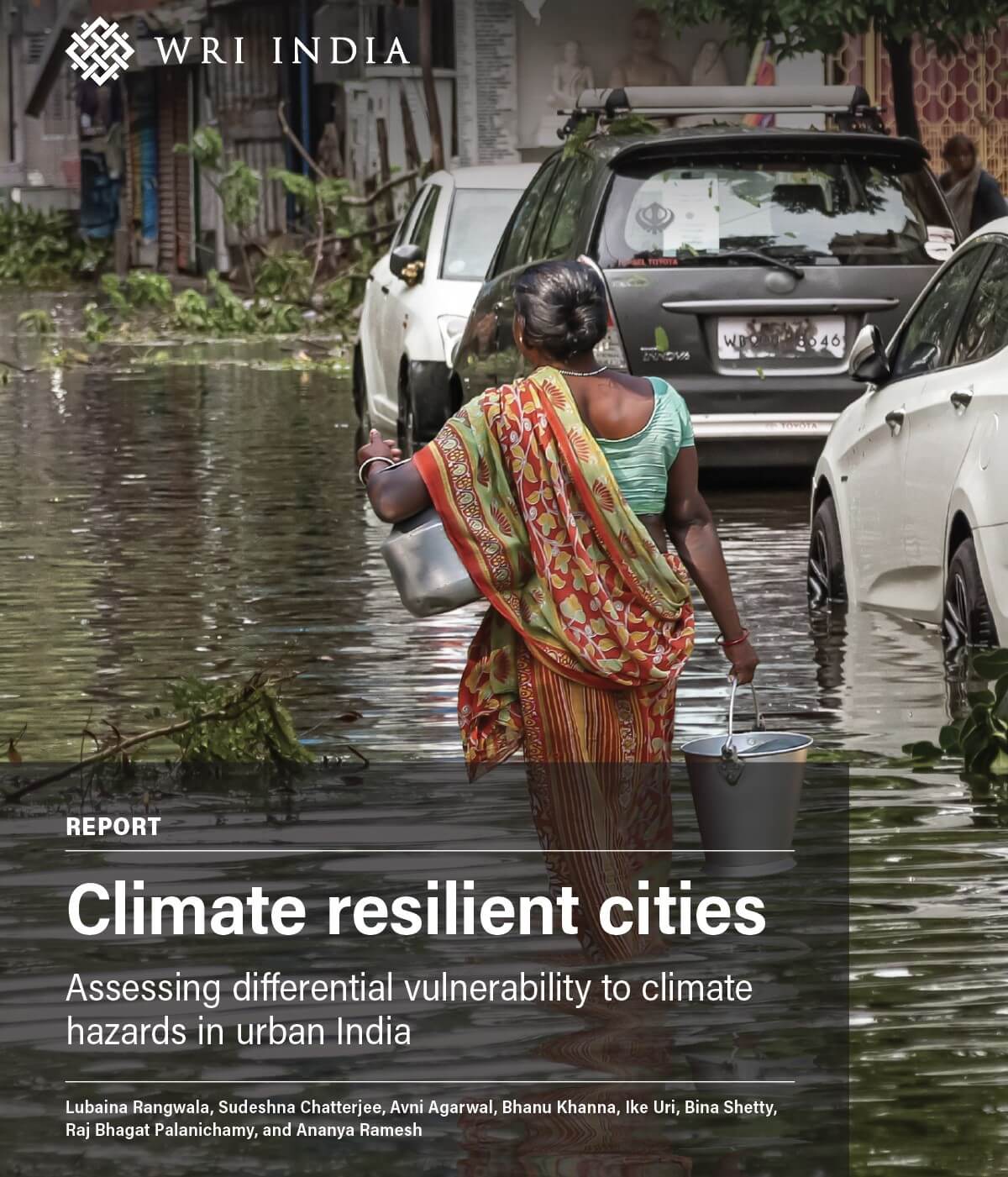Blues in the Green: The Budget 2020 Conundrum
by e -
The recently released budget 2020 by the Finance Minister of India has few talking points on climate change and the need for action to fight different environmental hazards like air pollution and disasters, and encouraging investment in renewable energy. In this piece, we try to understand the budget’s implication for adaptation to climate change and building resilience. Does the budget actually budget for adaptation needs of the vulnerable?
Adaptation has historically been a poor cousin of mitigation, with funds and finance more often flowing towards the latter. The intangible nature of adaptation means its benefits are hard to measure, and spread widely across sectors, scale and time. With the vagaries of climate change manifesting themselves in increasing magnitude across continents: from bushfires and heatwaves to floods, cyclones, storm surges, landslides and droughts, the need for investing in adaptation grows ever more important.
This holds especially true for a developing country like India, which is highly vulnerable to the effects of climate change with its rainfall-dependent agrarian economy and long coastline. The new budget focusses on disaster resilience, along with agriculture and irrigation. The 16 point action plan to revive agriculture focuses on important initiatives like NABARD’s refinance scheme for agriculture, Krishi Udan scheme to boost exports, zero based natural farming (ZBNF) and measures to improve the situation in 100 water stressed districts across states. While these measures would help in contributing to adaptation needs and help doubling farmers' incomes by 2022, the allocations for these activities may not be sufficient enough to compensate for adaptation deficits.
The budget has once again skipped the much needed replenishment of the National Adaptation Fund for Climate Change (NAFCC). Without it, the standalone funds for adaptation will remain difficult to be accessed. Hence, mainstreaming adaptation into overall developmental policies and programmes becomes more important. The Finance Minister's speech was along similar lines, where she said that efforts will be made in various sectors through normal budgeting process. While this means adaptation should be able to tap the existing finance avenues in different departments and schemes, it is not so straightforward in reality. Without clear definitions and well thought out strategies it is difficult to mobilize support and action for adaptation across sectors and stakeholders. For example, use of the allocation for agriculture and irrigation sector (INR 2.83 lakh crore) and schemes like MNREGA for promoting resilient activities need to be considered, even though MNREGA’s allocation has been slashed in this budget. Additionally, it is important to mobilize private sector funding, using innovative means of financing like green bonds, infrastructure bonds and resilience bonds.
Adaptation at its root, is a local issue, and requires involvement at the local level. The Global Commission on Adaptation announced 2020 as the ‘Year of Action’ to accelerate adaptation, stressing on the need for funding for local governments and communities along the frontlines of climate change. This will enable them identify, prioritize, implement and monitor climate adaptation solutions. It is time for India to amplify local level action and leverage our institutional structures at the local level to facilitate successful adaptation. In this regard the latest initiative by Kerala is worth highlighting. The Kerala state government has mooted a plan to formulate Local Action Plans on Climate Change, particularly for vulnerable districts.
The budget perhaps raises more questions and offers fewer solutions for adaptation. However, this should not act as a deterrent. Adaptation is a complex issue and there can be no one-size fits all solution. The entry points for adaptation are context specific and depend on the climate vulnerabilities as well as available technology, institutional capacity and associated costs of implementation at the local level. WRI’s ongoing work through its climate resilience program has demonstrated the value of seeking a pragmatic approach in revitalizing the State Action Plans on Climate Change (SAPCCs) with a focus on district level planning for resilience and developing different strategies to mobilize climate finance at the state level. This would help state governments as well as other stakeholders at the ground level to incorporate climate concerns across different sectors and verticals, while also utilizing available resources in an efficient manner. If tapped in the right way, to mainstream adaptation and resilience at the local level, the budget 2020 could serve as a useful stepping-stone.



Add new comment